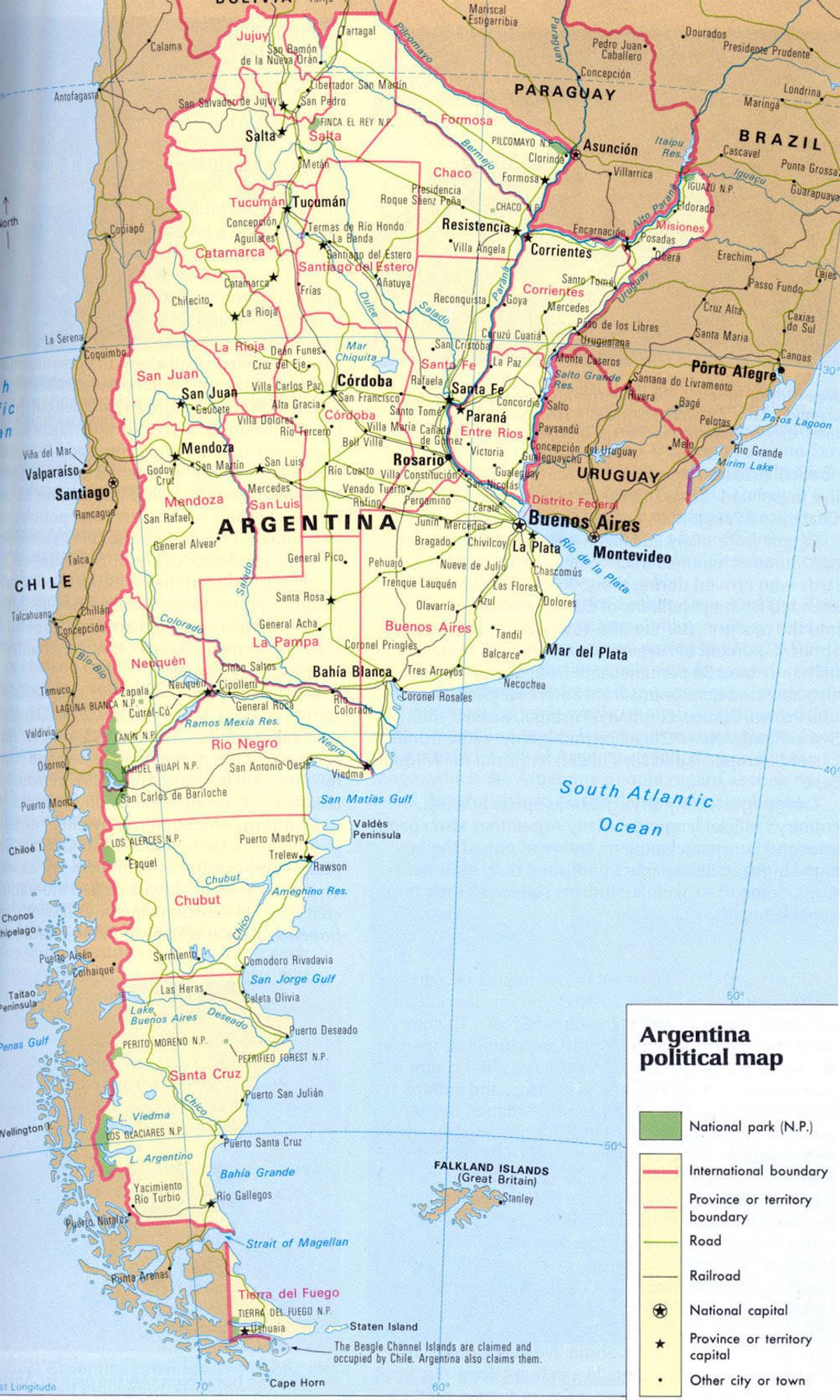
The low amount of available dates for the Middle Holocene (ca. The archaeological signal for the former lapse correspond to the early peopling of the region and is related to the inhabiting and exploitation of key landforms (e.g., rock shelters, river valleys) and critical resources (e.g., lithic raw material, water). 14,500-12,800 cal BP, and increases to a moderate and continuous signal in ca. During the final Late Pleistocene and the Early Holocene, the archaeological signal is low in ca. Results indicate a continuous archaeological signal between ca. Based on the probability distribution of radiocarbon dates from this database, major temporal trends are defined, taphonomic and scientific biases are evaluated, and their implications for demography are suggested. This paper compiles a database of radiocarbon dates of archaeological sites that are currently available for the Pampean region. Regardless of biases, this signal is interpreted as an increase in demographic density at a regional level. Finally, during the Late Holocene (from 3700 to 100 cal BP) human occupations are recorded in all the micro-regions. The obtained low but continuous signal for this period are discussed in the framework of the proposed models for the human occupation of the region suggesting that a hypothesis about population extinctions and disruptions processes could not be sustained. 7400-3700 cal BP), and the associated archaeological signal would be due to the combination of various factors such as taphonomic biases, organization of prehistoric populations, and even a possible low population density. 14,500e12,800 cal BP, and increases to a moderate and continuous signal in ca. During the final Late Pleistocene and the Early Holocene, the archaeological signal is low in ca. Based on the probability distribution of radiocarbon dates from this database, major temporal trends are defined, taphonomic and scientific biases are evaluated, and their implications for demography are suggested. Wikipedia is a registered trademark of the Wikimedia Foundation, Inc., a non-profit organization.This paper compiles a database of radiocarbon dates of archaeological sites that are currently available for the Pampean region.

This section remained under national jurisdiction, with the new name of National Route 68.īy using this site, you agree to the Terms of Use and Privacy Policy. The DYCASA company took charge of the section between Carcara and Armstrong, while a joint venture of Esuco and Chediack obtained the contracts for the highway between Armstrong and Tortugas.īetween the aforementioned town and the city of Salta, the road ran for 79 km (49 mi).

On this last section, the Covicentro company only built the road to Carcara. In 1987 the last section of this highway was completed, between Campana and the Tala River. This section is called Teniente General Juan Jos Valle (Law 26,927, which derogates Decree 2,1461979 that had called it Teniente General Pedro Eugenio Aramburu ). In 1977 the Campana-Zrate highway was opened, allowing access to the Zrate-Brazo Largo Bridge inaugurated that same year. The section between Avenida General Paz (Buenos Aires city border) to the start of National Route 8 is named Autopista Pascual Palazzo (by Decree 171981). You can see in the map the new road layout of National Route 9 in red, and the old one in green. This way they shortened the road distance between the two most populous cities in Argentina. In 1943 Buenos Aires Province transferred the road section Campana - San Nicols under construction to the national government, making it part of National Route 9, along with the Buenos Aires - Campana section of Route 12. It should be mentioned that National Route 9 had a different layout in those days, as the road traversed through Pilar to Pergamino on the roadbed of todays National Route 8 and then it turned north going to Rosario.
Mapa rutero argentina pdf full#
In 1943 the road was open to traffic in its full length, even though most of it was unpaved. The road had a system of small inns and establishments every 3050 km where travellers could rest. The section between Buenos Aires and the south of what it is today Cordoba Province, was shared with the Camino Real del Oeste ( Royal Road of the West ) which branched towards San Luis, Mendoza and Santiago ( Chile ). The road is a limited access motorway from Buenos Aires to Rosario. Part of Library of Congress Online Catalog TOP Related Articles.

Map, Roads, Castilian, Chile Library of Congress Language Castilian Spanish Turismo Y Comunicaciones, S.


 0 kommentar(er)
0 kommentar(er)
